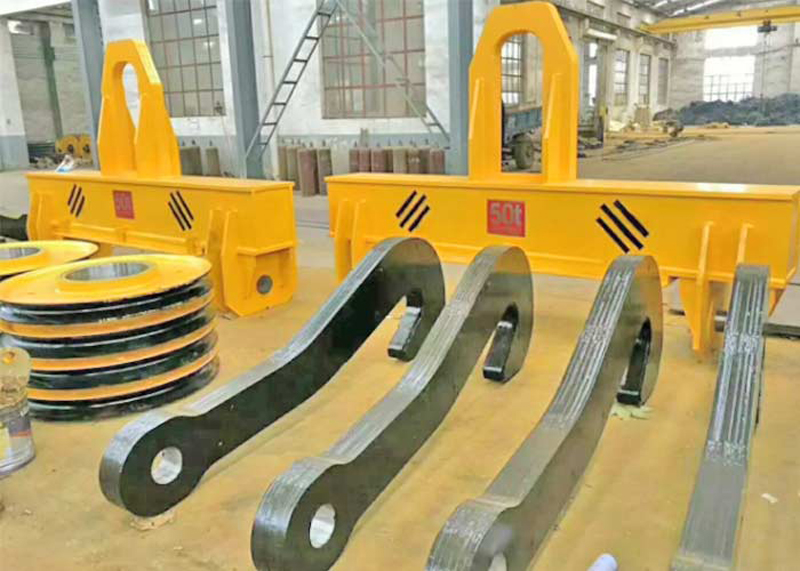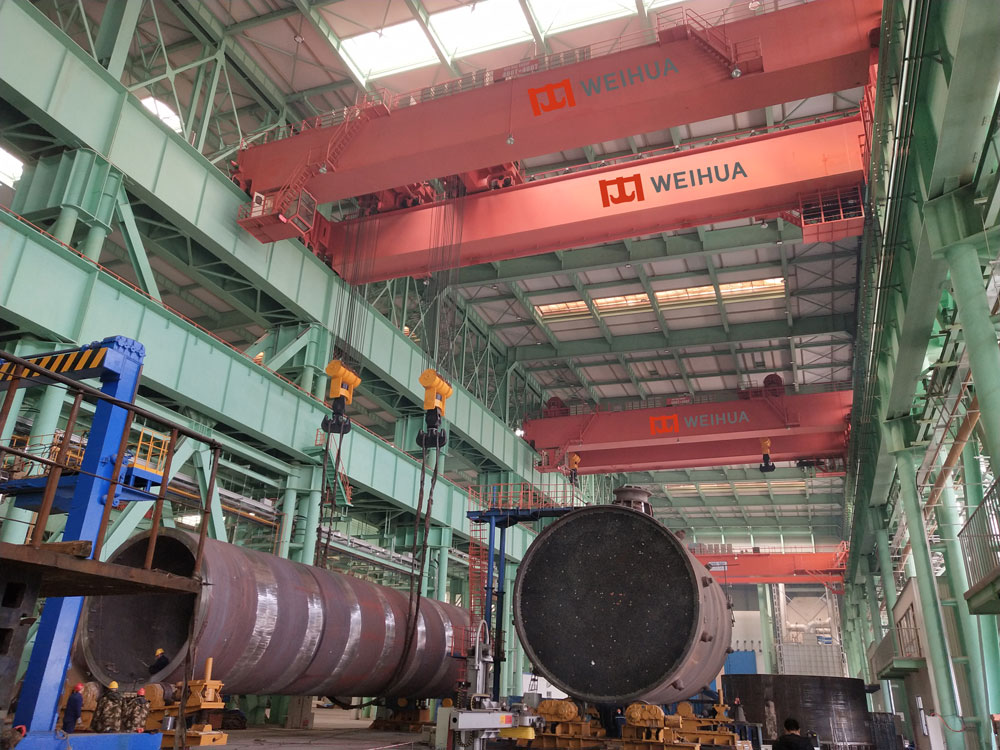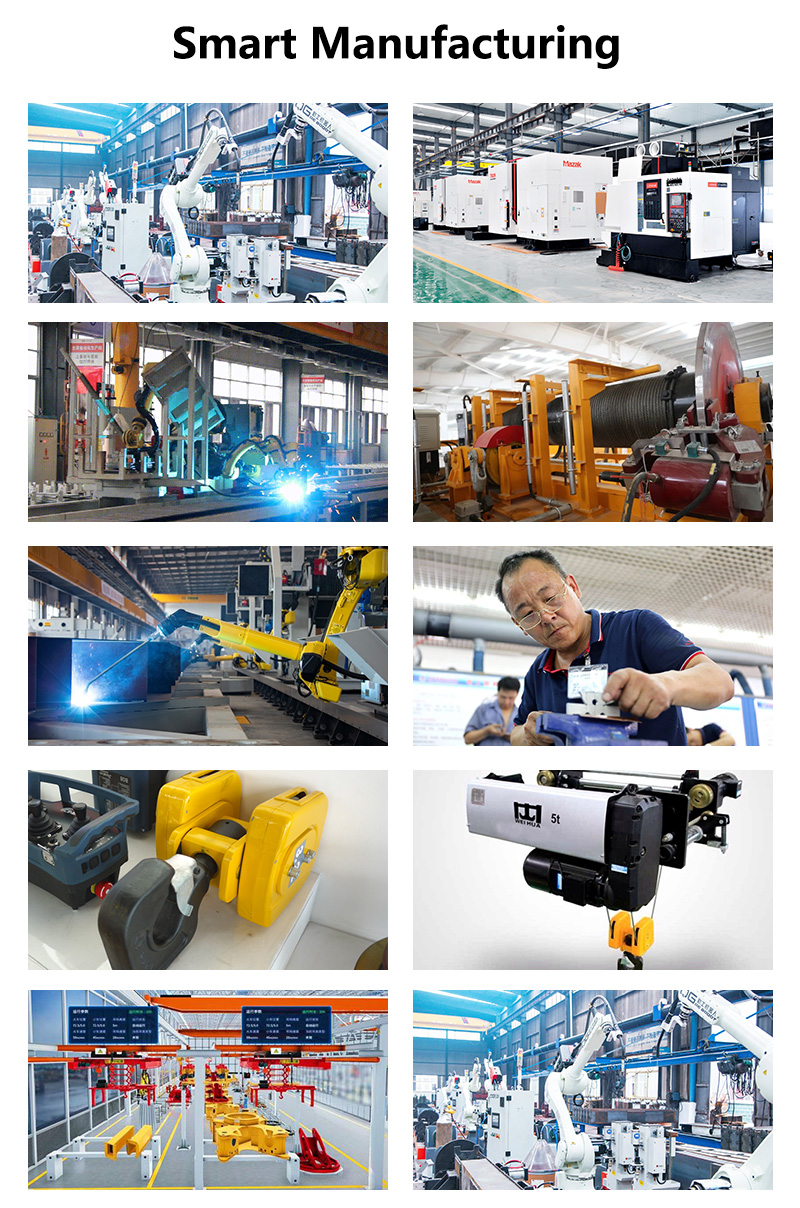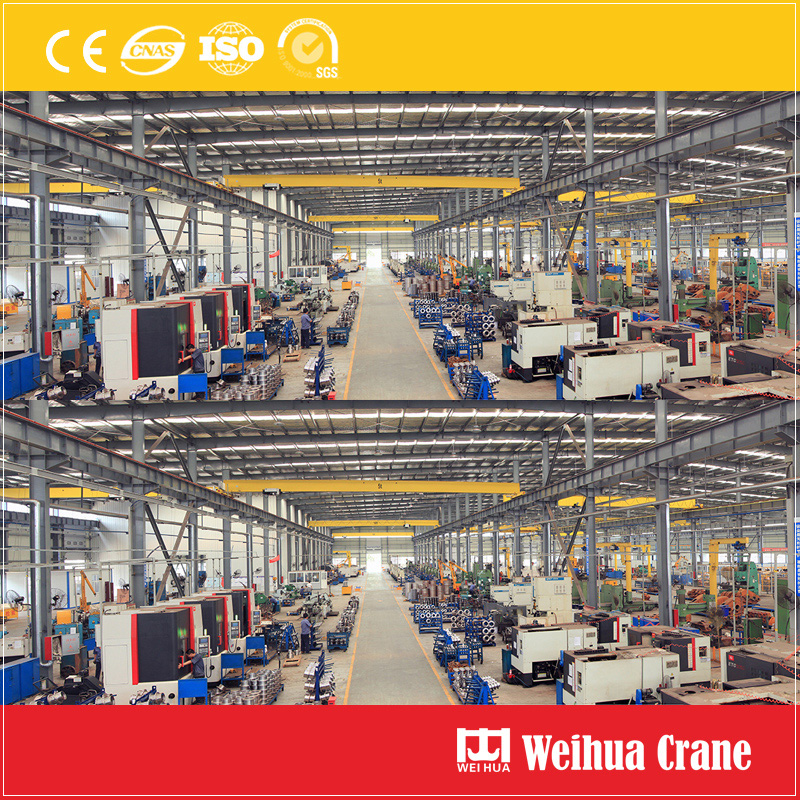起重机吊钩. 这是看似简单的事, 但绝对关键, 起重机与其负载之间的连接点. 失败了 起重机钩 不仅仅意味着停机; 它可能导致灾难性事故, 受伤, 死亡人数, 以及重大财产损失. 定期彻底检查起重机吊钩不仅是良好的做法,而且是不容妥协的安全要求.
本指南概述了正确的起重机吊钩检查的基本步骤, 涵盖频繁的使用前检查和更详细的定期检查. 始终遵守制造商的具体说明和相关安全规定 (像OSHA, ASME B30.10, ISO 9927-1, 或当地同等水平) 为您的设备.

防止失败: 吊钩承受巨大的压力, 弯曲, 并佩戴. 随着时间的推移,会出现疲劳裂纹或变形.
识别磨损情况 & 损害: 正常使用会导致鞍座磨损, 小腿, 和闩锁 (如果配备了). 过载也可能造成损坏, 影响, 或环境因素.
确保负载安全: 变形的挂钩或故障的闩锁可能会导致负载意外滑动或分离.
遵守: 法律和保险单通常要求定期进行记录检查.
预先使用 / 经常检查: 由操作员或指定人员每天或每班前执行. 快速目视和功能检查.
周期性 / 定期检查: 每月进行一次, 季刊, 或每年 (按照法规的定义, 制造商, 和使用严重程度) 由有能力且合格的检查员进行. 更详细, 可能涉及测量和清洁.
综合的 / 主要检查: 详细拆解检查, 通常需要专业人员和无损检测 (非破坏性测试), 通常每年或按规定.

隔离起重机: 锁定/标记 (心) 起重机的动力源. 确保无法通电.
放下钩子: 将吊钩组安全地放置在地面或指定的检查区域.
清洁钩子: 清除多余污垢, 润滑脂, 或可能隐藏缺陷的油漆堆积. 钢丝刷通常很有用. 警告: 除非指定进行检查,否则请勿去除磨损区域的保护性润滑剂.
收集工具: 采光良好 (手电筒!), 检查镜, 放大镜, 卡尺或钩规 (测量磨损/变形), 闩锁磨损量表 (如果适用), 和文件表格.
裂缝: 这 #1 严重缺陷. 仔细检查整个钩子, 特别关注高压力区域:
“马鞍”内部 (碗/喉): 负载所在的弯曲内表面. 使用镜子查看所有区域. 寻找任何发际线裂纹, 特别是从内表面辐射.
小腿 (鞍座下方区域): 检查两侧以及与旋转接头或螺母相接的顶部.
钩尖 (观点):
钩子的底座 (柄与孔眼/垫片/螺母的交汇处): 疲劳裂纹的主要位置.
穿:
鞍 (喉咙打开): 测量磨损深度. 与原尺寸比较 (通常印在挂钩上或手册中). 批判的: 磨损超过 10% (或制造商限制, 经常 5-15%) 原始喉部开口直径通常需要更换. 使用钩规或卡尺.
钩尖: 过度磨损会降低强度并影响闩锁功能.
形变 (弯曲, 扭转):
捻: 向下看柄向尖端. 尖端应位于柄内的中心. 任何明显的扭曲都是不可接受的.
弯曲/开口: 对比实际钩开度 (尖端和柄部之间的距离) 至原始规格. 开盘增加超出 15% (或制造商限制, 经常 5-15%) 很危险. 使用量规或卡尺.
直柄: 刀柄应该是直的, 不弯曲或弯腰.
腐蚀 & 点缀: 严重腐蚀或深点蚀会显着削弱吊钩的强度. 轻微的表面锈迹可以进行清洁和监控, 但严重的点蚀需要由合格人员进行评估. 小心油漆下的腐蚀.
凿子, 尼克斯队, & 凹槽: 深层表面损伤充当应力集中器, 可能导致裂缝. 评估深度和位置.
油漆状况: 剥皮, 剥落, 或油漆起泡 可以 表明潜在的腐蚀. 它还可以隐藏裂缝. 需要重新粉刷的区域应首先清洁和检查.
3. 功能检查 (适用于带闩锁的挂钩):
闩锁存在 & 类型: 确保闩锁类型正确 (弹簧加载的, 重力, ETC。) 按设计存在且完好无损.
锁存操作:
弹簧插销: 释放时应能自由移动并快速弹回到钩尖上方的闭合位置. 检查弹簧张力.
重力闩锁: 在重力作用下应能自由摆动并可靠地覆盖尖端.
闩锁磨损: 检查锁闩与钩尖的接触面是否过度磨损或变形. 如果可能的话,根据规格测量磨损.
闩锁安全: 闩锁必须有效防止吊索或硬件在关闭时意外从尖端滑落. 验证其在轻压下不能轻易强行打开.
4. 附件 & 配件:
钩形螺母/套环: 检查密封性 (不旋转), 裂缝, 形变, 和腐蚀. 确保其正确就位.
旋转机制 (如果适用): 检查旋转是否顺畅,无卡滞现象, 过度玩耍, 或可见的损坏. 手动转动时聆听是否有摩擦声.
安全闩锁销/固定器: 确保他们存在且安全.
吊钩滑轮组: 检查磨损情况, 裂缝, 和平滑的旋转 (虽然这是块检查的一部分, 它通常是同时进行的).
5. 文档:
记录调查结果: 记录每次检查 (日期, 检查员, 起重机ID, 挂钩ID), 记录发现的任何缺陷, 进行的测量, 和采取的行动 (例如, “通过了,” “监控 X 位置的磨损情况,” “已停止服务”).
标记: 如果吊钩未通过检查, 必须立即停止使用. 清楚地标记“请勿使用”或“有缺陷”,并遵循由合格人员进行维修/更换的程序. 切勿焊接或尝试拉直损坏的吊钩! 对于严重缺陷,更换是唯一安全的选择.

对于提示: 当对缺陷的严重性有疑问时, 将吊钩从使用中卸下并咨询合格的起重机检查员或工程师. 切勿以钩子完整性进行赌博.


检查起重机吊钩是参与起重机操作的任何人的基本责任. 通过使用此清单进行彻底的使用前检查并认真遵循计划的定期检查, 您在潜在危险导致灾难之前主动识别它们. 记住, 花了几分钟仔细检查钩子是否可以挽救生命, 防止受伤, 并避免代价高昂的事故. 让吊钩检查成为您日常安全工作中不可忽视的一部分.
我们重视您的反馈! 请填写下面的表格,以便我们根据您的具体需求定制我们的服务.

最新评论